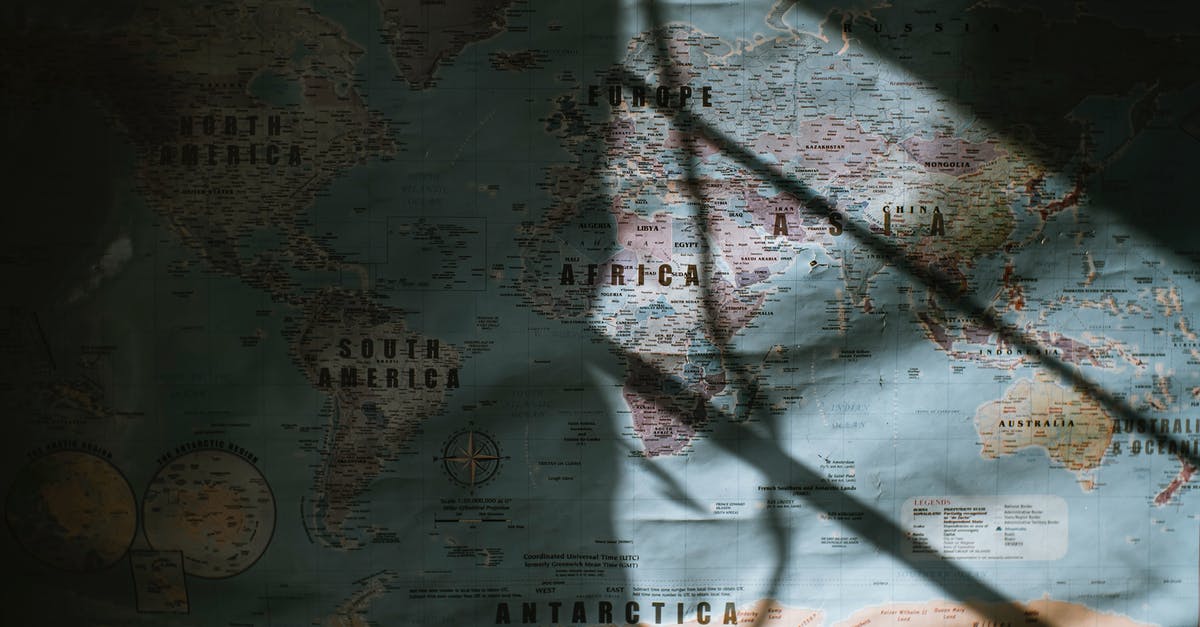What is a “small cup” in Australia and/or old recipes?

In older or Australian recipes, is “small cup” a specific (if not quite standardized) measurement? If so, what, approximately, is that measurement?
I’m going to be making a recipe from an Australian cookbook this weekend, “Jet Age Cookbook… compiled by The Royal Australian Air Force Women’s Association”, circa 1969-1976.
The recipe calls for “1 small cup boiling water”. This is a sauce that is basically a syrup, so I suspect that the water content does not need to be exact. I plan to use ½ cup. I’m also aware that in older recipes, measurements such as spoons, teaspoons, and cups (and in some countries such as Australia, dessert spoons) weren’t necessarily standardized but could refer to the various tableware the cook happened to have on hand. In those cases, however, they are referring to specific measurements even if it isn’t a standardized measurement—a spoon used for tea, a spoon used for dessert, a half of a specific cup (it makes little sense to call for half of a random cup out of the cupboard). I’m wondering if “small cup” is also a specific measurement, whether a standardized one or not.
It’s difficult to do a search on merely “small cup”, but I did find a few references in older recipes (that they’re older is not necessarily indicative of anything: I added “vintage recipes” to the search in an attempt to weed out mere references to smaller drinking vessels).
In some older recipes, a small cup does (to me at least) clearly refer merely to a smaller drinking vessel. These Martha’s Vineyard Hermits, for example, tell the cook “In a small cup, stir the sour cream and baking soda to mix well”.
Others seem to refer to a specific measurement. In Mrs. Edison’s Old Fashioned Recipe for Chocolate Caramels I found the only reference that might be a clue as to the size of a small cup. It calls for “1 small cup of butter (size of an egg)”. If that’s the approximate size of a “small cup”, even my ½ cup estimate may be too much.
But one reference is difficult to base a philosophy on.
I did a search for “small cup” limited to the Internet Archive, and found the reference in several very old cookbooks.
The 1809 Complete Confectioner has a recipe for Naple’s biscuits that calls for “one small cup full of orange flower water”.
The 1895 Universalist Social Circle Cook Book has a recipe for coffee bread that takes “1 small cup butter”, a recipe each for crumb pie and corn oysters that take “1 small cup flour”, a recipe for graham pudding that calls for “1 teaspoonful soda dissolved in small cup milk”, and, very interestingly, a recipe for steamed roly-poly pudding that calls for “nearly a small cup milk”. If “small cup” was another way of saying a scant cup (another of my guesses), this is a very odd phrasing.
The 1908 Council Cook Book has a recipe for fruit icing wafers that calls for “One small cup of sugar”, and a recipe for leb-kuchen that calls for “one small cup each of chopped nuts and citron”.
The 1909 Recipes of the Woman’s Club of San Mateo has a recipe for onion cream soup that says “Put small cup of cream in a heated soup-tureen…”.
The 1910 Magnolia Cook Book has a sponge cake recipe that calls for “another small cup sugar” and a fig cake that calls for “1 small cup butter”. It also has one recipe that calls for “a small ½ cup of sugar”. This might indicate that small refers to the opposite of heaping, similar to a scant cup, but that doesn’t seem to fit all of these recipes. And in my particular recipe, a scant cup of water would seem to me to be a lot (see below).
While some of these references seem as if they could be just saying “a little bit of”, others do seem to use the phrase “small cup” to reference something reasonably specific. It seems unlikely, for example, that a recipe would call for “nearly a small cup milk” if they’re just calling for a random small cup from the cupboard. Am I reading that right? What is the likely range of measurements if so?
I’m asking for an answer for either older recipes in general or for Australian recipes in particular because other research I did involving teaspoons, tablespoons, and cups indicated that measurements tended to be similar, though not exact, throughout the United States, Great Britain, Canada, and Australia before standardization. While I would prefer to know what a small cup is in this particular Australian recipe, I will accept knowing what a small cup used to be within the core Anglosphere.
Note: Jet Age Cookbook does not mention a year; I’m estimating the age via addresses in the advertisements in the book: two businesses used addresses of shopping malls that opened 1968 and 1969, and another business’s address diverged from the address they used in this book in 1976. The book itself seems like it ought to be older, to my American eyes. From the two-color cover, the cover font, and the interior typing, to the near-universal use of “moderate oven”, “hot oven”, or “slow oven”, it seems more like what I’d expect from the fifties.
Note: I’m also aware, from looking up the definition of dessert spoons, that the modern Australian tablespoon is four teaspoons, not three.
Full recipe for reference:
Jam Roly Poly (Noela Pomery)
1 cup Lion S.R. Flour, 1 tablespoon butter, 1 teaspoon baking powder, salt.
Mix into paste with little milk. Roll out and spread with jam or syrup. Roll up not too tight and put into pie dish and pour over sauce.
Sauce: 1 small cup boiling water, ¼ cup sugar, 1 tblspn butter pour hot over roll and bake ½ hour in mod. oven. Bake 1 hour for apple roll.
Best Answer
TL;DR: Based on early British and cooks' resources, "a small cup" was probably equivalent to "a teacup", which is 1/4 pint, or around 142ml. However, there are a lot of caveats to that.
First, I cannot tell you for certain whether "a small cup" in any particular recipe was a specific measurement. Until the very late 19th century, "a cup" was not a standard measure of anything. The standard measure that was smaller than a pint was a gill (1/4 pint). So in pre-Victorian and many Victorian cookbooks, "a cup" meant "whatever cup you happen to have around" and could thus be equivalent to anything from 75ml to 400ml. This kind of loose usage persisted well into the early 20th century, so one can never assume that "a cup" means precisely anything.
Second, British and American measurements diverged in 1824, so one cannot assume that anything in one system is necessarily true of the other. Since Australia was still British possession until 1942, I'm assuming that any measurement trends in mid-20th-century Australia would follow the British standard. The caveat is that I don't know that to be true; the simple truth is that sources for early Australian weight and measure practices are scarce-to-nonexistent in my library (I live in the US).
Thirdly, understand that volume measurements were not standardized between materials until the Victorian period in Britian; there, a pint of flour, a pint of milk, and a pint of beer would have all been different sizes in the mid-19th century. And in the US, they weren't standardized until the mid-20th century. We're going to assume that Australia standardized shortly after England, but that could be wrong.
Fourthly, I'm assuming (like you are) that your book is relying on older measurement systems, since "a small cup" is not a standard measure for any post-metrification Australia.
With that preface, I consulted British cooking references: the classic Mrs. Beeton's and Around The Clock Cooking. The first is one of the most published and updated cookbooks in the British world. For the second, a South African cookbook historian claims it was very popular across the Commonwealth in the mid-20th Century. I also consulted The Victorian Way cookbook.
While none of these references mentions "a small cup", both of them distinguish between "a breakfastcup" and "a teacup". The former is 1/2 pint, and the latter is 1/4 pint. The Epicurean, and excellent early American reference for measures, also uses breakfastcups and teacups, but puts them at 1/2 pint and 1/3 pint respectively, although the American pint was smaller (the Epicurean also has "a coffeecup" which is 1/5th American pint, so if the teacup still seems too large, try that).
This strongly suggests that "a small cup" is the same as "a teacup" which is 1/4 pint. However, how big was a pint?
In most of Australia today, a pint is 570ml, and only a little smaller before metrification (567ml). But in South Australia, it's 425ml, similar to the American pint. Since cups are defined in relation to pints, your "small cup" could be 142ml, or it could be 106ml, depending on where the author and their teacups were from.
The reference to the Edison recipe where "a small cup" is "the size of an egg", which would be about half that size, doesn't contradict this because Edison was American, and not British or Australian, and the notation "the size of an egg" suggests that the author knew they were not using a standard measure.
Pictures about "What is a “small cup” in Australia and/or old recipes?"



What is a small cup in baking?
TL;DR: Based on early British and cooks' resources, "a small cup" was probably equivalent to "a teacup", which is 1/4 pint, or around 142ml.What is a cup measurement in Australia?
There is a difference between US and Australian cup measures - a US cup is 240ml and an Australian cup is 250ml.What is a small cup?
Similar Drinkware The mini cup and saucer, which is half the size of a demitasse cup and saucer. It's sometimes also known as a doll's cup because it's so tiny. The chocolate cup and saucer are a type of drinkware dating back to the 1770s. It's used for drinking chocolate.What is a cup in Australian cooking?
The Australian and NZ cup is 250ml, the standard metric cup.I Don't Know What Is Happening To My Little Daughter : THIS VIDEO WILL MAKE YOU CRY
More answers regarding what is a “small cup” in Australia and/or old recipes?
Answer 2
The problem with ‘small cup’ is that you have to know what a normal size cup was at the time. I’d assume 6 to 10 oz for a ‘normal’ cup, back then, even though that would be considered ‘small’ in the days of venti coffees and big gulps
I would assume ‘small’ to be something smaller than a teacup, which would have been a fairly standard size, so your guess of 4 fl.oz, or even slightly less would be a reasonable plan for a first attempt, and then adjust if you think you need to.
Sources: Stack Exchange - This article follows the attribution requirements of Stack Exchange and is licensed under CC BY-SA 3.0.
Images: Nothing Ahead, Nothing Ahead, George Milton, MART PRODUCTION
